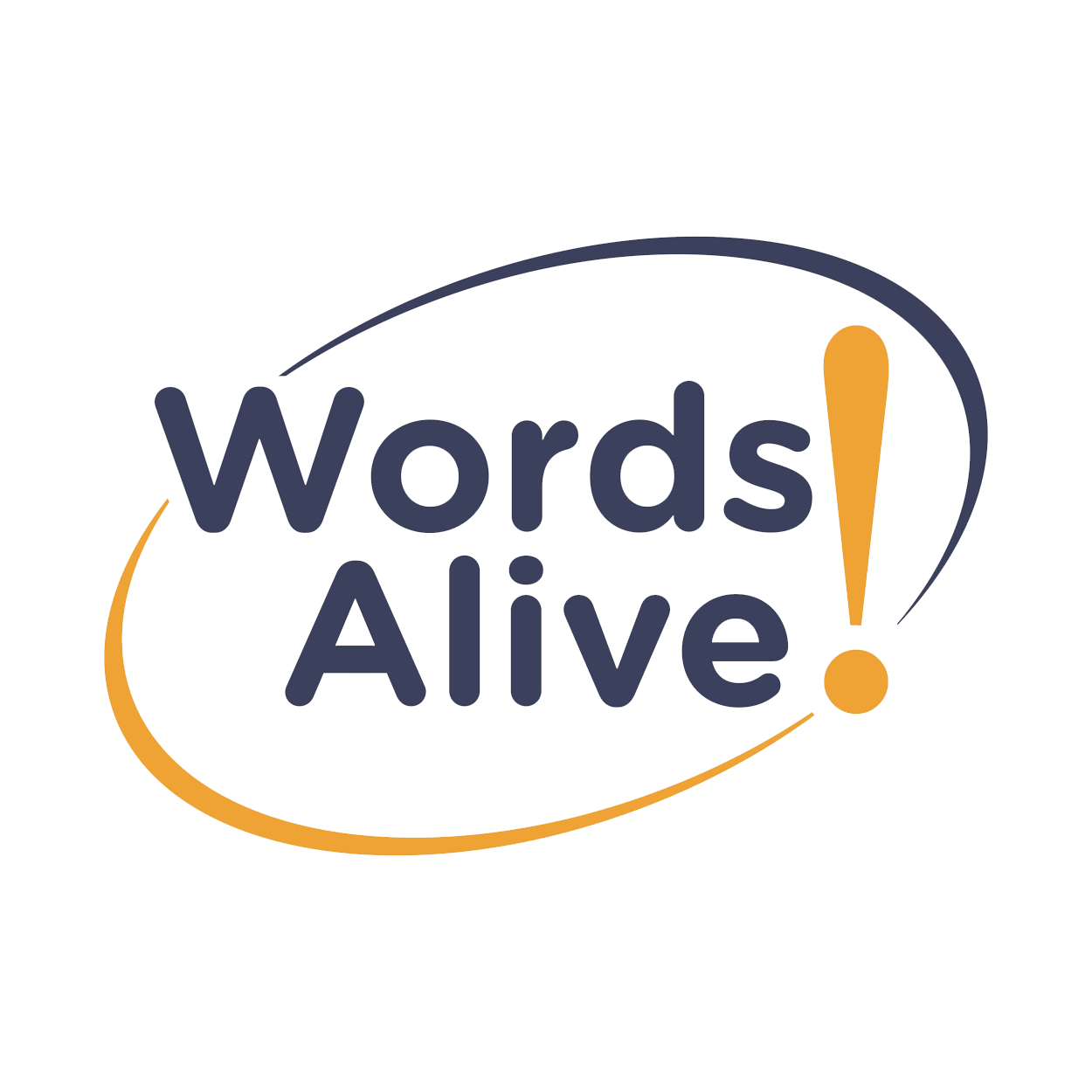By Jennifer van Pelt
A picture of a young student paying rapt attention to a volunteer as they read a book aloud.
Why is Reading Aloud Important?
A child’s first exposure to books is normally when their parents or guardians first read aloud to them. Through this, they become familiar with the way in which a book is read from front to back, the plot line, and the dialogue between characters. This seems to be a given for children, however, it is so much more than that. According to Richard Anderson in his report titled “Becoming a Nation of Readers”: “The single most important activity for building knowledge required for eventual success in reading is reading aloud to children.” As the report goes on to describe, this is not only so children can follow along with your finger and start to recognize words and sounds -- though these are the starting steps. The teacher or parent needs to engage the child by asking questions about the story that makes them think and relate the story to real life events.
Can it Benefit Others Aside From Children?
Reading aloud is often a strategy employed in early years of schooling, but fades away with time -- but there is no reason for it to! It can be beneficial to teens and adults that never got the experience of participating in read alouds when they were younger. Reading aloud to older children and adults can assist them by giving them context clues to words, tones, or emotions associated with the story. Often times, the mere act of discussing or listening to others speak can help comprehension. There are a few different learning styles that vary from student to student: auditory, read/write, visual, and kinesthetic. Reading aloud touches on the auditory aspect for the students in the classroom, but it also can hit on the read/write learning style as well when the student follows the words in the books as the teacher reads aloud. This is important in the student knowing how to recognize new vocabulary words for the future.
Bridging the Gap
While reading aloud in the classroom is expected for the first few years of school, it is also important that these activities take place in the home. As cited by readaloud.org, 48% of families below the poverty level read to their preschoolers each day, compared with 64% of families whose incomes were at or above the poverty level. This disparity continues into the classroom when the child has less exposure, less practice, and is overall less comfortable than the students who regularly hear and experience books in the home. Getting these students their own books is the first step to bridging this gap.
At Words Alive, we focus on the students who do fall below the poverty line and haven’t had the amount of exposure to reading that some of their counterparts may have had at home. We believe in the power of reading aloud so much that we have a program for young children called The Read Aloud Program. This program focuses on Preschool through 3rd grade students and brings trained volunteers into the classroom to read aloud to approximately 4,300 children from low-income communities every week. This helps to level the playing field and give these students the opportunity to increase their comprehension and comfort level with reading early on so they can reach eventual success in reading. To find out more information about our Read Aloud Program or the other literacy programs we offer, head to our Programs page.
For more information about Words Alive, please click here.
Sources:

